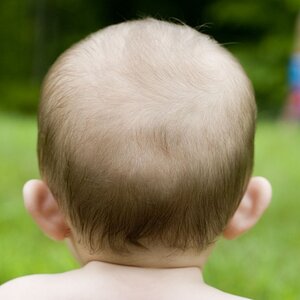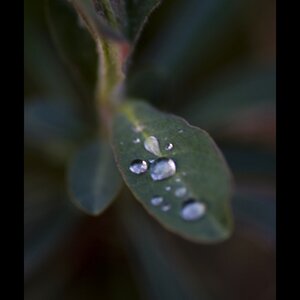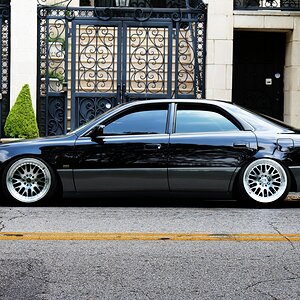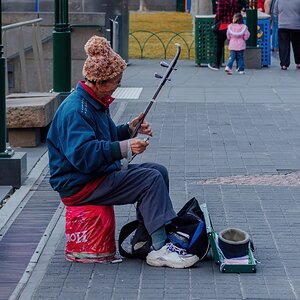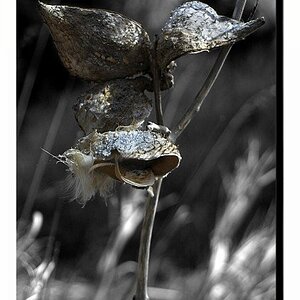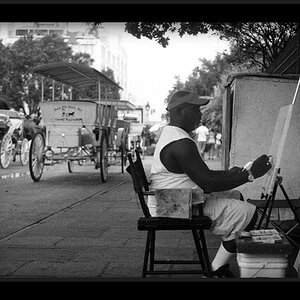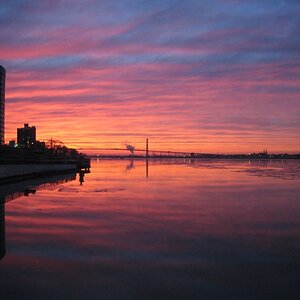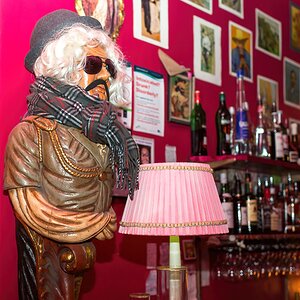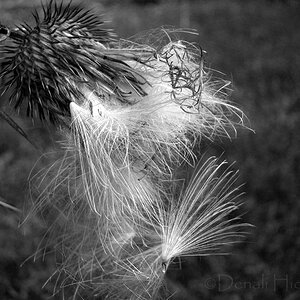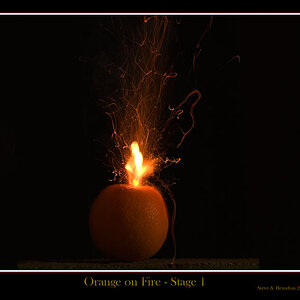We do restoration of old buildings and many times we do before and after photos. I find that most of the pictures have very different lighting and doesn't always give us the best visual affects. How would i go about taking pictures with very similar lighting? is it as simple as using some kind of light meter and making sure the light meter is close during both shots?
Navigation
Install the app
How to install the app on iOS
Follow along with the video below to see how to install our site as a web app on your home screen.

Note: This feature currently requires accessing the site using the built-in Safari browser.
More options
You are using an out of date browser. It may not display this or other websites correctly.
You should upgrade or use an alternative browser.
You should upgrade or use an alternative browser.
picture lighting
- Thread starter Weez
- Start date
JonFZ300
No longer a newbie, moving up!
- Joined
- Jan 4, 2019
- Messages
- 447
- Reaction score
- 273
- Location
- Lynnwood, WA
- Can others edit my Photos
- Photos OK to edit
Can you give an example? not sure what you mean. Like the before is brighter than the after? They're different colors because the new lights are different than the old?
They are different because maybe they are taken at different times of the day or it could be because one day is cloudy overcast and one day it mighty be bright sunshine. these are just examples. what im really trying to understand is how i can get before and after pictures to look like they were done in the same lighting. Most of the times the before and after pictures are being taken months (sometimes years) apart
JonFZ300
No longer a newbie, moving up!
- Joined
- Jan 4, 2019
- Messages
- 447
- Reaction score
- 273
- Location
- Lynnwood, WA
- Can others edit my Photos
- Photos OK to edit
To get before and after pictures to look like they were done in the same lighting, you have to use the same lighting. Set up some lamps and reflectors like a studio maybe? You can level light out with editing or HDR techniques, but it still won't be the same if one pic has light ripping through a window and the other one doesn't. Maybe some of the expert members can answer better. Good luck.
JoeU
TPF Noob!
- Joined
- Feb 26, 2019
- Messages
- 26
- Reaction score
- 7
- Can others edit my Photos
- Photos OK to edit
Light is one thing, shadows are another. For example, an overcast day produces a very diffuse light, whereas sunshine is very direct and tends to cast shadows. You can compensate for the warmth or coolness of the light, and maybe even overall lighting in post processing, but shadows would be tricky at best to deal with.
I think it's all going to come down to the individual pics.
I think it's all going to come down to the individual pics.
- Joined
- Jul 25, 2014
- Messages
- 4,014
- Reaction score
- 6,702
- Location
- NW Florida
- Website
- www.flickr.com
- Can others edit my Photos
- Photos OK to edit
Set up studio lighting, mark the exact spots where the lights are including the height of each light (take a picture of the setup) and shoot it at night. This way if you have included or taken out a window, or changed the lighting, the image lighting will be the same. Off camera flash will work the same if you make sure you balance both the output and color balance.
Designer
Been spending a lot of time on here!
- Joined
- Apr 13, 2012
- Messages
- 18,505
- Reaction score
- 4,853
- Location
- Iowa
- Can others edit my Photos
- Photos OK to edit
This would be a challenge to any photographer.We do restoration of old buildings and many times we do before and after photos. I find that most of the pictures have very different lighting and doesn't always give us the best visual affects. How would i go about taking pictures with very similar lighting? is it as simple as using some kind of light meter and making sure the light meter is close during both shots?
If you're talking about exterior shots, about the best you can do is to try to wait for the same sky lighting as you had for the first shot.
For interior shots, you still have the challenge of different spaces, materials, and lighting, which would not have been there when you took the first shots.
My best advice is to make (all) your photographs as good as you can do. Use good lighting for both the before and after. Outdoor will be more difficult.
Since it’s a bit unclear as to your problems, I’ll offer some general suggestions. Include a pad of paper and a pen/pencil with your gear. Keep adequate notes as to your camera setup, locations and any details to help later. You’re going to want to duplicate your composition for before and after shots. That means camera placement, focal length, exposure, time of day and lighting conditions must be replicated as exact as possible. Keep notes on camera and set up particulars. Use a tripod. If need be place tape marks down for tripod position/location or choose a location/feature that allows you to duplicate the shot location.. The idea is to be able to replicate as many details of the shot successfully at a later date.
Christie Photo
No longer a newbie, moving up!
- Joined
- Jan 7, 2005
- Messages
- 7,199
- Reaction score
- 148
- Location
- Kankakee, IL
- Website
- www.christiephoto.com
Use a tripod.
Possibly the most important piece of advice... especially if you're shooting interiors with available light. Don't be afraid to shoot ISO 100 at f22. Exposure time may be as long as 15 sec – 1 minute.
-Pete
diehardhoo
TPF Noob!
- Joined
- Mar 27, 2019
- Messages
- 7
- Reaction score
- 1
- Can others edit my Photos
- Photos OK to edit
If you can choose a consistent time of day in the early evening, within 2-3 hours or so, you could use enough flash to overpower the ambient light to create a consistent "look" and "feel" to the images. You can blast light onto the building with a couple of 1200s in large octoboxes set up away from the building and tilted upward. Dial your ISO down to 100, your shutter speed at 1/250 (or max shutter speed for your camera model), and then adjust your aperture until the exposure is black. Then turn your strobes on and meter the exposure. Set your aperture according to the reading. Expose the image. If you have light gaps at the base you could add a couple of 500 kickers with a wider grid to hit those spots. Just make sure you meter again after adding them. (I would set the kickers at 1.5-2 stops below your 1200s.)
You're essentially eliminating the impact of ambient light with flash for consistency. That way cloudy or sunny doesnt matter. You're controlling all of the light. You'll still have to adjust your light positioning based on the size, shape, color of the building, but you can create a consistent look this way.
You're essentially eliminating the impact of ambient light with flash for consistency. That way cloudy or sunny doesnt matter. You're controlling all of the light. You'll still have to adjust your light positioning based on the size, shape, color of the building, but you can create a consistent look this way.
Dave442
Been spending a lot of time on here!
- Joined
- Feb 1, 2015
- Messages
- 2,021
- Reaction score
- 567
I usually go for the sun at my back on the building. That makes it easier later on to go back and plan for a shot with the sun in a similar position.
It can help to have a set of sky images with a few clouds to replace the actual sky with something you can control between the before and after.
It can help to have a set of sky images with a few clouds to replace the actual sky with something you can control between the before and after.
Most reactions
-
 430
430 -
 286
286 -
 276
276 -
 267
267 -
 216
216 -
 188
188 -
 177
177 -
 176
176 -
 169
169 -
 165
165 -
 159
159 -
 129
129 -
 117
117 -
I
97
-
 94
94
Similar threads
- Replies
- 9
- Views
- 330

![[No title]](/data/xfmg/thumbnail/37/37643-1ec2500989f6f4894b6e6323c2d3669e.jpg?1619738160)
